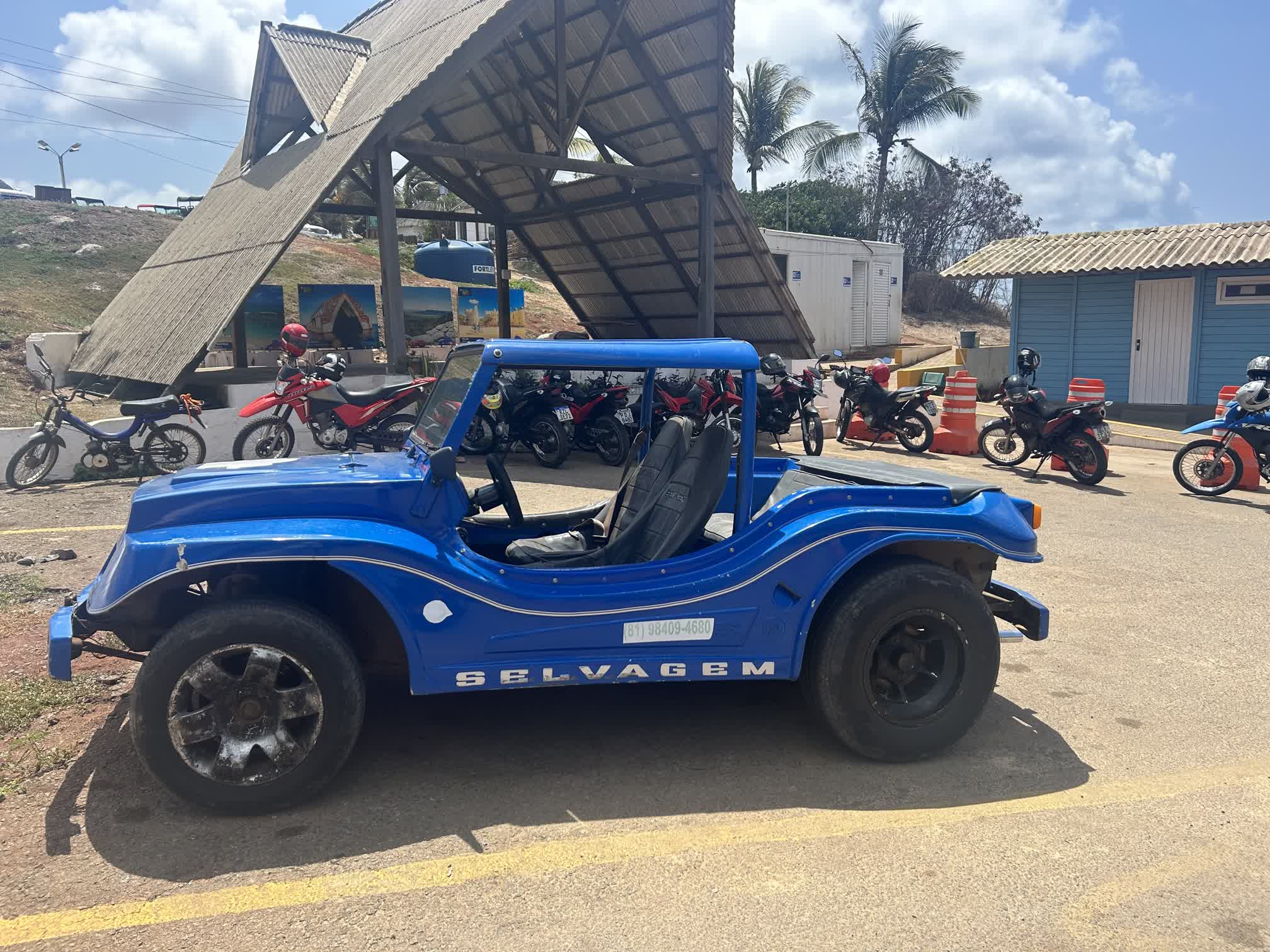Cooking at Sea
gal·ley
/ˈɡalē/
noun
- [HISTORICAL] a low, flat ship with one or more sails and up to three banks of oars, chiefly used for warfare, trade, and piracy.
- the kitchen in a ship or aircraft.
How ironic that the name of a boat’s kitchen is derived from that of a vessel that required rowing…
Preparation takes 3x longer
The galley on a boat at sea – no matter how well designed – only has one primary purpose: to maim or kill the person(s) attempting to prepare food in it. Any recipe that one finds on the internet that claims to only require 15 minutes of prep time (probably farcical to begin with) should in fact be tripled or quadrupled if it is being executed on a boat.
Simple actions that one normally takes for granted in a standard landlocked kitchen require shocking levels of concentration and physical prowess. Breaking an egg? A passing swell will drop the port hull 10 feet just as the shell breaks, leaving a mess on the stove that takes 5 minutes to clean up. Dicing an onion? If you didn’t have your feet more that shoulder-width apart and one knee and hip braced against the oven door, well, you probably had to stop what you were doing to go in search of a bandaid or tourniquet.
You can’t wing it
Given the concentration it requires to execute even the most basic steps of cooking, turning one’s attention to look at a screen or a book for the next step in a recipe is just another opportunity for things to go horribly wrong. It’s best to mentally rehearse everything that goes into preparing a dish and then do so without pause. This obviously means that simpler recipes are preferred.
Digital scales don’t work on a boat
Even sitting on a table or countertop, the digital scale onboard showed an error that it needed to be on a “stable surface” in order to initialize itself. It wasn’t a huge deal, except that many bread recipes list dry ingredients by weight rather than volume. Without a working scale, we had to convert measurements to cups, tablespoons, etc.
Baking equals home
Fresh food items at sea are difficult to come by as the distances grow and the destinations get more remote. But fresh baked goods are something that can be made with simple, durable ingredients in almost any conditions, and they are a huge boost to morale. Dan did a lot of baking (in addition to his duties as Chief Steward), and it really made the journey more enjoyable. Bread, bagels, sticky buns and garlic knots all provided a lift at various times along the way.
Induction plates are your friend
Coda has a gas stove, a gas oven, a small microwave, a toaster and an induction plate. As the weather got hotter and hotter during our journey, the usefulness of the induction plate became more and more apparent. It heats things quickly, throws off very little extraneous heat, and doesn’t generate any odors that might compound someone’s seasickness. Not only that, if the pot of water it was boiling happened to go flying across the main salon, it detected that there was no longer a pot on it and turned itself off. Safety first!
Always float your eggs
Eggs were sold out by the time we did our provisioning in St. Helena, which made the ones we were carrying from South Africa that much more precious. I made the mistake of breaking six eggs all into one bowl, the fifth of which was (quite odoriferously) bad. Let’s just say that the eggs were precious enough that I went to the trouble of carefully scooping out the rotten egg material from the rest.
Put your eggs in a bowl of water before breaking them. Any that float are suspect and should be broken open independently of the rest.
Bring activated charcoal
Some of the crew were, uh, concerned that I had merely scooped the rotten egg out of the batch rather than tossing it entirely (Wes used the batch of eggs to make his chorizo breakfast burritos). So in the event that you are subject to a cook who is maniacally opposed to throwing away food, packing capsules of activated charcoal is a cheap and portable guard against eating “iffy” food items and helps mitigate potential digestive issues.
Hydration is not enough
There seems to a strong correlation between feeling queasy and lethargic at sea and being dehydrated. As a crew, we did our best to drink water often, but as we neared the equator, even that didn’t seem to be enough. We figured out that adding electrolyte tablets to our water bottles was much more effective at warding off the equatorial stupor.
